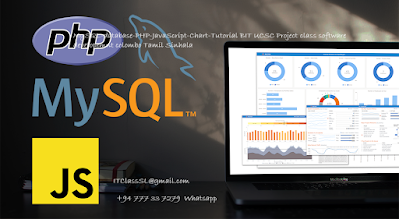🌟 Define Microservices Architecture:
Identify the components of your application that can be decoupled and run independently.
Define clear boundaries between microservices and establish communication protocols (e.g., RESTful APIs, message queues).
🌟 Choose a Framework:
Select a Python web framework suitable for microservices development. Flask and Django are popular choices.
Flask is lightweight and flexible, while Django provides more built-in features.
🌟 Database Design:
Consider whether each microservice will have its own database or if they will share databases.
Choose a database that suits the requirements of each microservice (e.g., SQL or NoSQL databases).
🌟 API Design:
Design well-defined APIs for communication between microservices.
Use RESTful principles or consider GraphQL for more flexibility.
🌟 Dependency Management:
Utilize tools like pip and requirements.txt for managing Python dependencies.
Virtual environments (e.g., venv or virtualenv) help isolate dependencies for each microservice.
🌟 Containerization:
Use containerization tools like Docker to package microservices and their dependencies.
Create a Dockerfile for each microservice.
🌟 Container Orchestration:
Consider using container orchestration tools like Kubernetes or Docker Compose to manage and scale your containers.
🌟 Communication between Microservices:
Choose an appropriate method for inter-service communication, such as RESTful APIs, gRPC, or message queues (e.g., RabbitMQ, Kafka).
🌟 Service Discovery:
Implement service discovery to allow microservices to dynamically discover and communicate with each other. Tools like Consul or etcd can help.
🌟 Authentication and Authorization:
Implement security measures such as authentication and authorization for your microservices.
OAuth, JWT, or API keys are common methods for securing APIs.
🌟 Logging and Monitoring:
Implement logging and monitoring to track the health and performance of your microservices.
Tools like ELK stack (Elasticsearch, Logstash, Kibana) and Prometheus can be helpful.
🌟 Testing:
Write unit tests, integration tests, and end-to-end tests for each microservice.
Use tools like pytest for testing.
🌟 Continuous Integration and Deployment (CI/CD):
Set up CI/CD pipelines to automate the testing and deployment of your microservices.
Jenkins, GitLab CI, and Travis CI are popular CI/CD tools.
🌟 Documentation:
Document the APIs and overall architecture of your microservices.
Tools like Swagger/OpenAPI can help create API documentation.
🌟 Scaling:
Plan for horizontal scaling of microservices to handle increased loads.
Use load balancers to distribute traffic among instances.
🌟 Error Handling and Resilience:
Implement robust error handling and resilience strategies.
Tools like Hystrix can help with fault tolerance.
🌟 Versioning:
Consider versioning your APIs to manage changes without disrupting existing clients.
Semantic versioning is a common practice.
🌟 Monitoring and Debugging:
Implement tools for monitoring and debugging, such as application performance monitoring (APM) solutions.
Remember that microservices architecture requires careful planning and consideration of various factors. It's essential to strike a balance between the benefits of microservices and the complexities they introduce. Additionally, keep in mind that this is a high-level guide, and specific requirements may vary based on your project and team preferences.
For more guidance on Writing Project Proposals!!!
Home visits Individual / Group / Online classes in English / Sinhala / Tamil. Sample Projects/Assignments Exam Papers, Tutorials, Notes and Answers will we provided.
CALL/WHATSAPP +94 777 33 7279 | EMAIL ITCLASSSL@GMAIL.COM




No comments:
Post a Comment